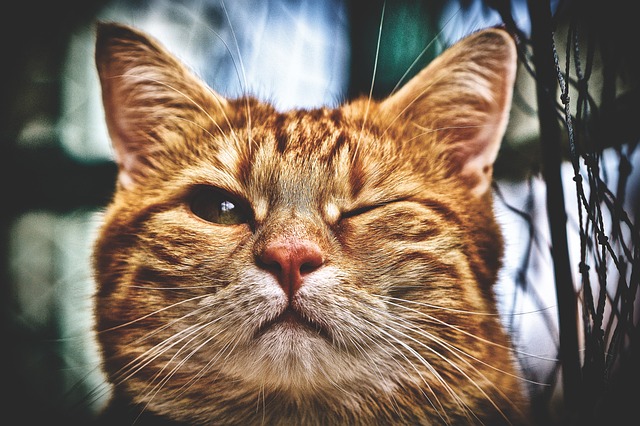Introduction:
Cats, by nature, excel at concealing pain, a trait inherited from their wild ancestry where vulnerability meant danger. Recognizing discomfort in our feline companions can be a challenging task, as they often mask their distress. This article sheds light on subtle behavioral changes that may signal pain in cats and introduces emerging tools to help cat owners and veterinarians identify and alleviate both acute and chronic discomfort.
Signs of Feline Pain:
Understanding the nuanced signs of pain in cats is crucial for their well-being. Look for indicators such as decreased appetite, increased grooming of a specific area, altered facial expression, restlessness, or even vocalization. These subtle shifts in behavior serve as vital clues to a cat’s discomfort.
Combatting Chronic Pain in Aging Cats:
Osteoarthritis, a common source of chronic pain in aging cats, is frequently overlooked due to its subtle symptoms. Researchers at the University of Montreal, supported by the Morris Animal Foundation, are pioneering arthritis pain scales tailored for both owners and veterinarians. These scales aim to improve pain assessment accuracy and sensitivity, thus enhancing treatment strategies.
Objective Questionnaires: A Step Forward in Pain Diagnosis:
At North Carolina State University, another initiative funded by the Morris Animal Foundation focuses on developing an owner-based questionnaire. This subjective tool aims to assist both owners and veterinarians in evaluating a cat’s response to pain treatments. This innovation holds promise for more effective pain management.
Challenges in Feline Pain Management:
Cats present unique challenges in pain management due to their distinct physiology and drug metabolism. Effective pain relief may often require a combination of medications and holistic approaches. Complementary methods such as acupuncture and Reiki play crucial roles in comprehensive pain management strategies.
Seeking Professional Guidance:
If you suspect your cat is experiencing pain, consulting with a veterinarian is imperative. Leaving pain unaddressed undermines a cat’s overall quality of life, making pain management a top priority in feline care.
Conclusion:
As we delve deeper into understanding feline pain, these emerging tools and approaches provide hope for more effective pain management in cats. By recognizing and addressing discomfort early, we can enhance the well-being and quality of life for our beloved feline companions.



